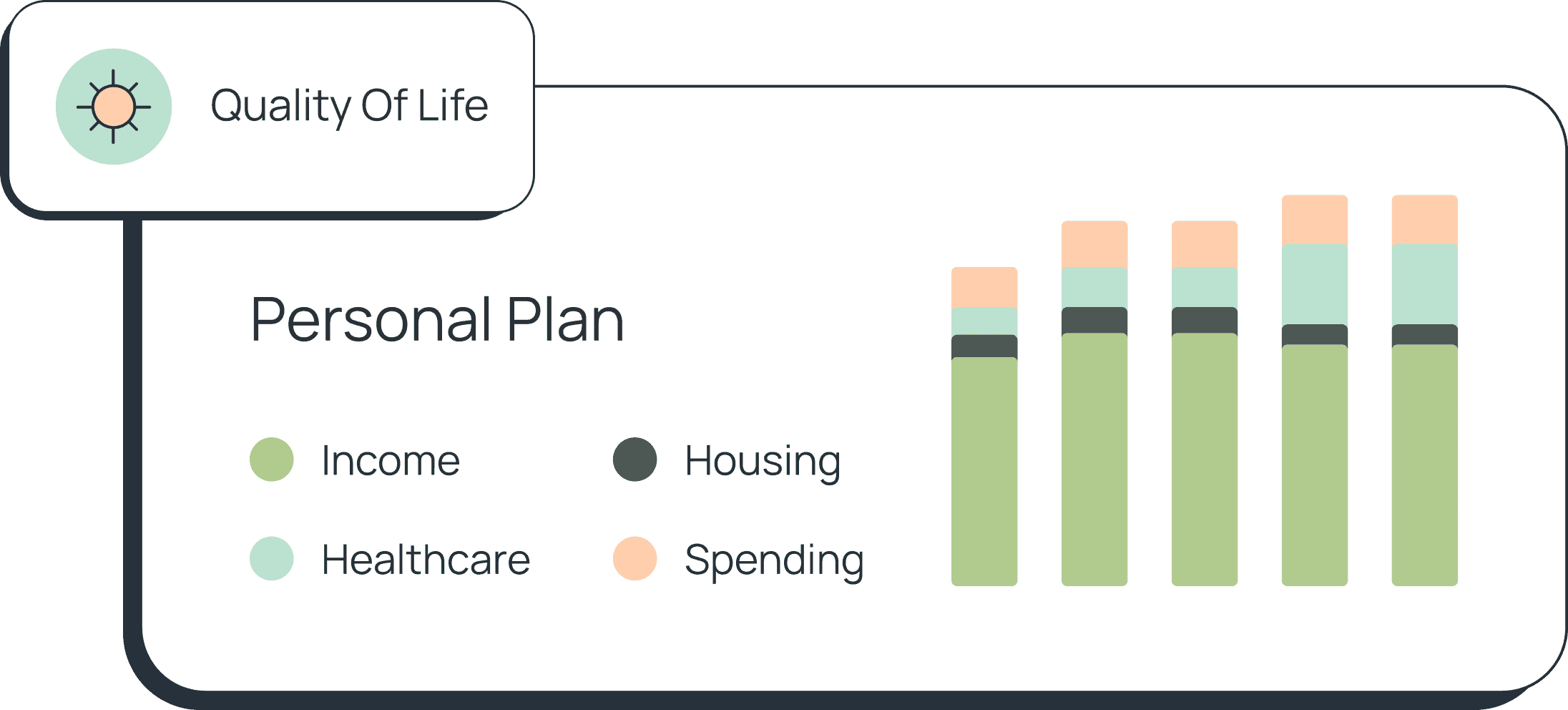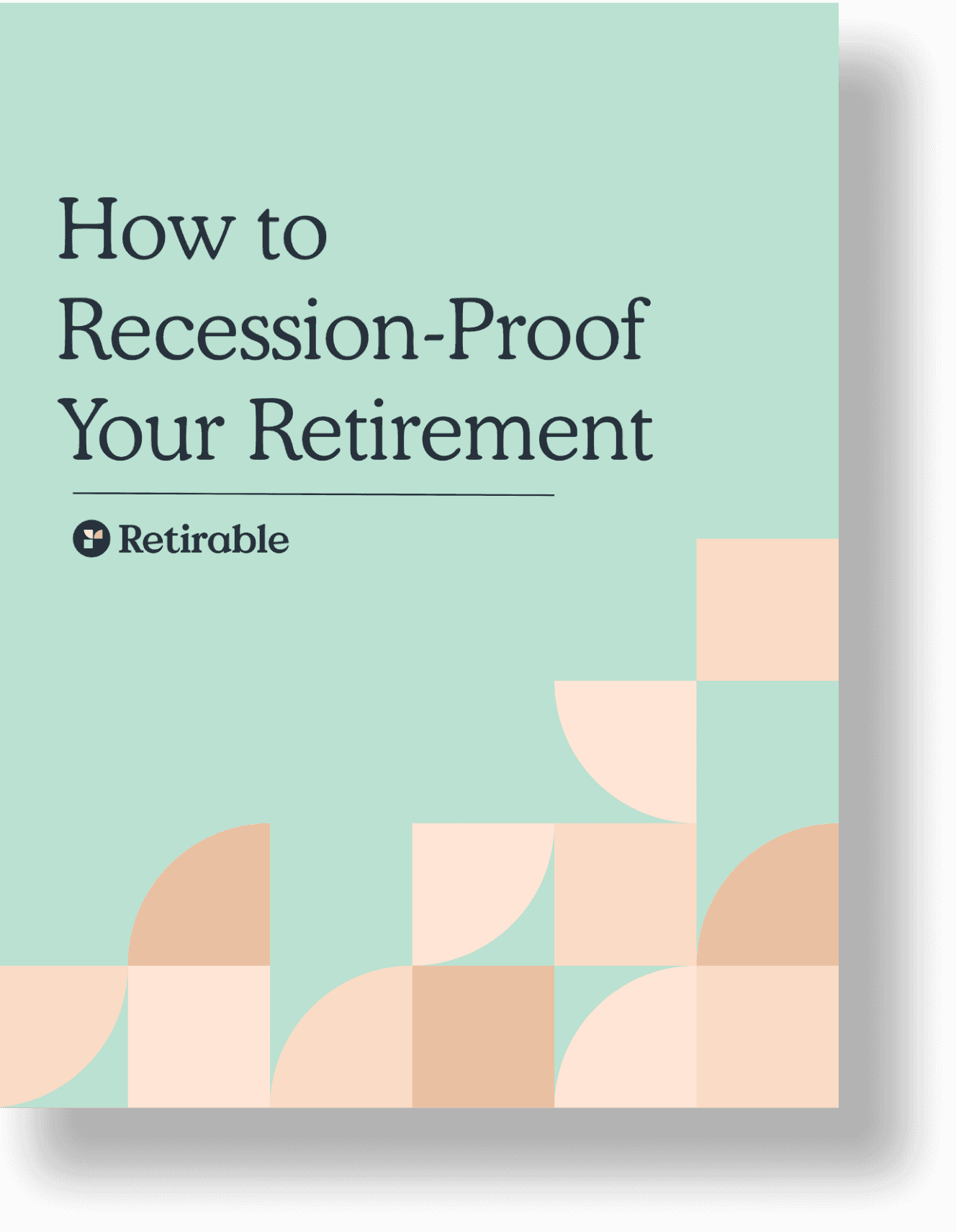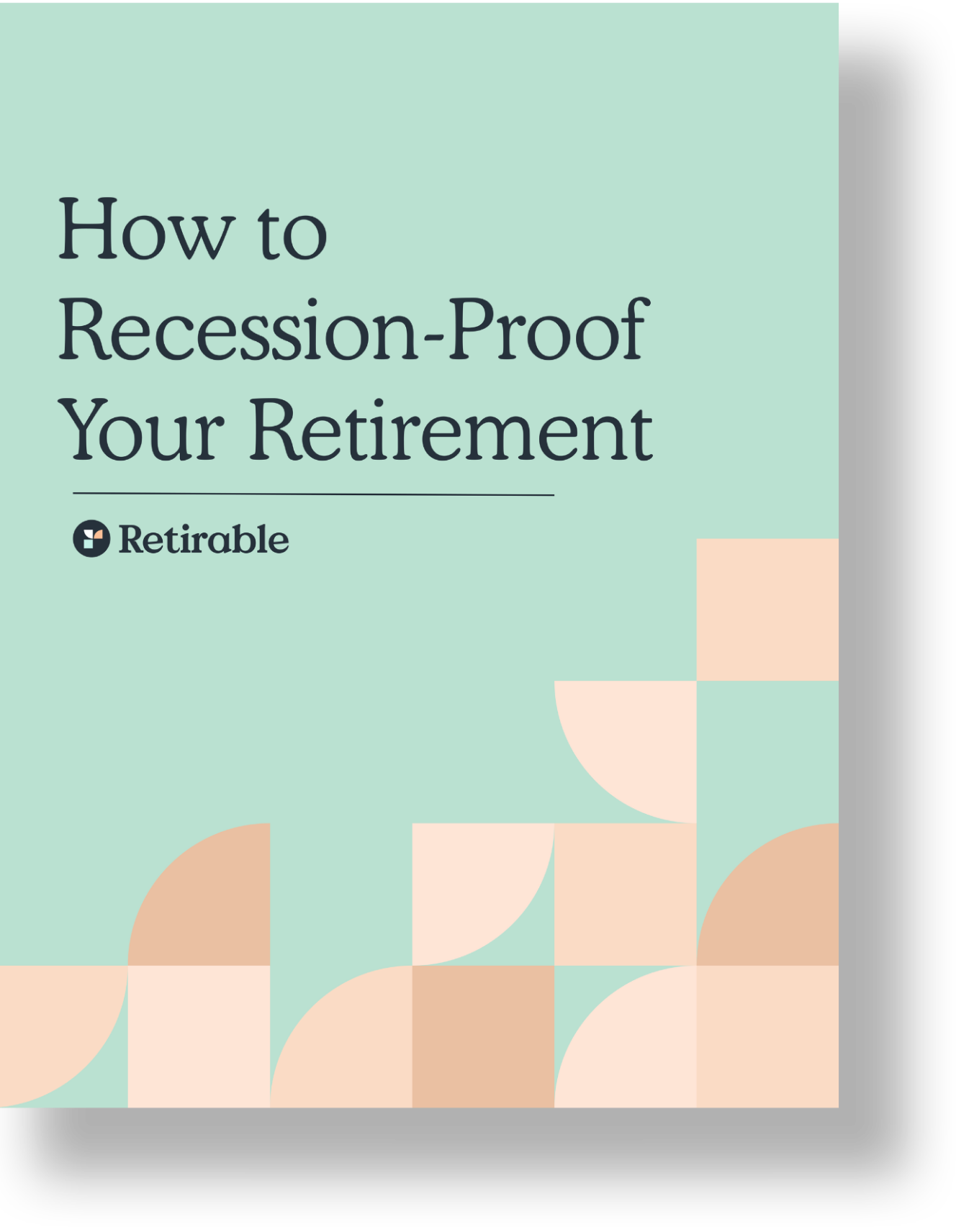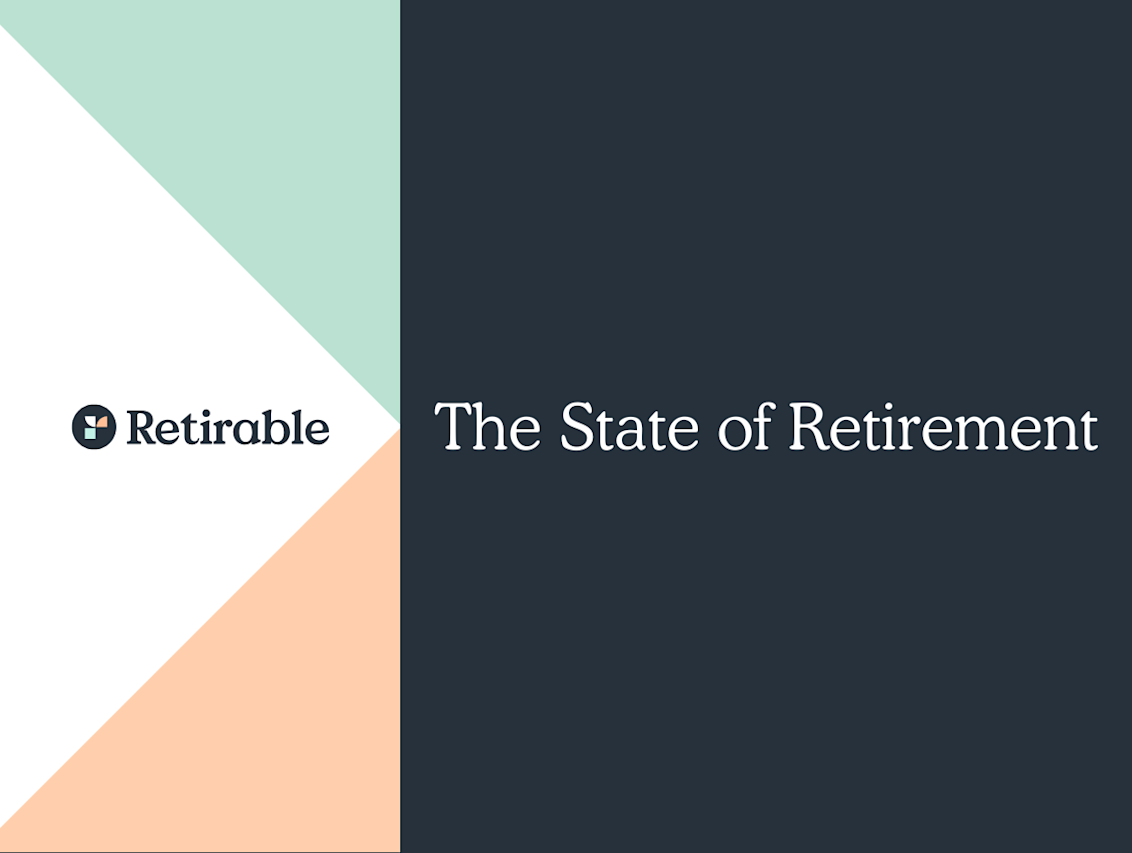Retirement Accounts
Covered by a 401(k) plan at work? Good news – the contribution limit went up in 2025.

Harrison Schaefer, CFP®
•
Published November 30th, 2024
•
Updated February 18th, 2025
Table of Contents
Key Takeaways
The 401(k) contribution limit in 2025 is $23,500.
If you’re over the age of 50, you can contribute an additional $7,500.
Before deciding what to contribute this year, talk to a financial advisor about your savings options and whether or not it makes more sense to pay off debts.
Covered by a 401(k) plan at work? Good news – the contribution limit went up in 2025. The maximum you can contribute to a 401(k) plan in 2025 is $23,500. This goes for employees covered by 403(b) plans and most 457 plans, too.
401(k) retirement plans can be a great way to save for retirement. For starters, there are tax benefits. With a traditional 401(k), employees automatically choose a certain amount or percentage from their paycheck to put aside for retirement. This contribution is made before taxes are taken out of your paycheck, so your actual taxable income is reduced by the amount you put in your 401(k). Inside your 401(k), your money can be invested in a variety of stock and bond funds, and grows tax free.
Additionally, many employers match contributions up to a certain amount. For example, your employer may match a contribution of up to 3% of your paycheck. The total amount contributed to your 401(k) would then be 6% of your gross annual earnings. We suggest taking full advantage of any employer match that’s offered, as it’s free money that can easily double your retirement contributions at no cost to you.
When considering how much to contribute to your 401(k) plan, don’t forget to talk to your financial advisor about what the most efficient savings vehicle is to use, as well as how to balance paying down debts versus savings.
Catch up 401(k) contributions in 2025
Over the age of 50? You’re allowed to make what are called “catch up contributions” to your 401(k), 403(b), and 457 plans, which are extra amounts on top of the normal contribution limit. The maximum catch up contribution you can make is $7,500. This means that people over the age of 50 can contribute a total of $31,000 to their 401(k) plans in 2025.
Comparing 2025 and 2024 Contribution Limits
Defined Contribution Plan Limits
| Description | 2024 | 2025 | Change |
|---|---|---|---|
| Maximum employee elective deferral | $23,000 | $23,500 | +$500 |
| Employee catch-up contribution (if age 50 or older by year-end)* | $7,500 | $7,500 | +$0 |
| Defined contribution limit, all sources | $69,000 | $70,000 | +$1,000 |
| Defined contribution limit if age 50 or older by year-end, including catch-up | $76,500 | $77,500 | +$1,000 |
| Employee compensation limit for calculating contributions | $345,000 | $350,000 | +$5,000 |
| Key employees' compensation threshold for nondiscrimination testing | $220,000 | $230,000 | +$10,000 |
| Highly compensated employees' threshold for nondiscrimination testing | $155,000 | $160,000 | +$5,000 |
When can you withdraw money from a 401(k)?
401(k) contributions are intended to be used in retirement, so there are rules around when you are allowed to start withdrawing money from them. Generally, you have to be 59 ½ years old to start taking distributions from your 401(k). If you take money out earlier, you’ll owe a 10% fee on the withdrawal and the withdrawal will be taxed at your regular rate.
There is one big exception, however – if you’re 55 or older and you leave your job, whether because you quit or are laid off, you can take distributions from your 401(k) without penalty.
At some point in your retirement, you will be required to begin taking Required Minimum Distribution (RMD) withdrawals on your retirement accounts. This age varies depending on the year that you were born. For retirees born before July 1, 1949, IRA and 401(k) funds must be withdrawn by April 1 of the year following the calendar year in which you reach age 70 ½. For retirees born after July 1, 1949, the first required minimum distribution (RMD) of IRA or 401(k) funds must happen by April 1 of the year following the calendar year in which you reach age 72.
If you don’t, the amount you don’t withdraw is taxed at 50%, which is obviously not ideal. You are allowed to take out more than the Required Minimum Distribution, however – it is just a minimum. The Required Minimum Distribution is calculated for each account individually, and it’s up to the account holder to make sure they calculate it correctly.
Bottom Line
401(k) plans can be great ways for people to save for retirement, especially since many employers offer matching contributions. Talk to a financial advisor about how much you should contribute to your 401(k) plan this year. Make sure to balance savings versus paying down your debts, as debts can be more expensive in retirement than not having savings.
Frequently Asked Questions
Do employer contributions affect my 401(k) contribution limit?
No, employer contributions do not affect your individual 401(k) contribution limit. Here are the key details:
- Individual Limit: This is the annual limit set by the IRS on how much you can personally contribute from your salary to your 401(k). This does not include any contributions from your employer.
- Combined Total Limit: There is a higher annual cap that includes both your contributions and your employer’s contributions. This combined limit allows the total amount contributed to your 401(k) (by you and your employer together) to reach a higher threshold without affecting your personal contribution cap.
Can I max out both a Roth and a traditional 401(k) in 2025?
No, you cannot max out both a Roth and a traditional 401(k) separately. Here are the details:
Single Contribution Limit: The IRS sets a single annual contribution limit that applies to the total amount you can contribute to both Roth and traditional 401(k) accounts combined. This means that any contributions you make to either a Roth 401(k) or a traditional 401(k) count toward the same annual limit.
Combined Contributions: If you have both a Roth 401(k) and a traditional 401(k), your total contributions to these plans in any given year cannot exceed the established annual contribution limit. This includes all pre-tax, after-tax, and Roth contributions combined.
Employer Match: It's worth noting that employer contributions, if any, do not count towards your individual limit. They are part of the overall plan contribution limit, which includes employer matches and can be higher than your personal contribution limit.
What happens if I exceed the 401(k) contribution limit?
Exceeding the contribution limit can result in tax penalties and the need to withdraw the excess contributions. It's crucial to monitor your contributions throughout the year to avoid this situation.
Share this advice

Harrison, a Certified Financial Planner® and Senior Financial Advisor at Retirable, has nearly a decade of experience across wealth building, investment advising, and financial education. He prides himself on working one-on-one with each client to help them at every step so they enter retirement with peace of mind.
Understanding 401(k)s
401(k) Rules
Cashing Out your 401(k)
Understanding Roth 401(k)s
Roth IRA Basics
Share this advice

Harrison, a Certified Financial Planner® and Senior Financial Advisor at Retirable, has nearly a decade of experience across wealth building, investment advising, and financial education. He prides himself on working one-on-one with each client to help them at every step so they enter retirement with peace of mind.
Free Retirement Consultation
Still have questions about how to properly plan for retirement? Speak with a licensed fiduciary for free.






